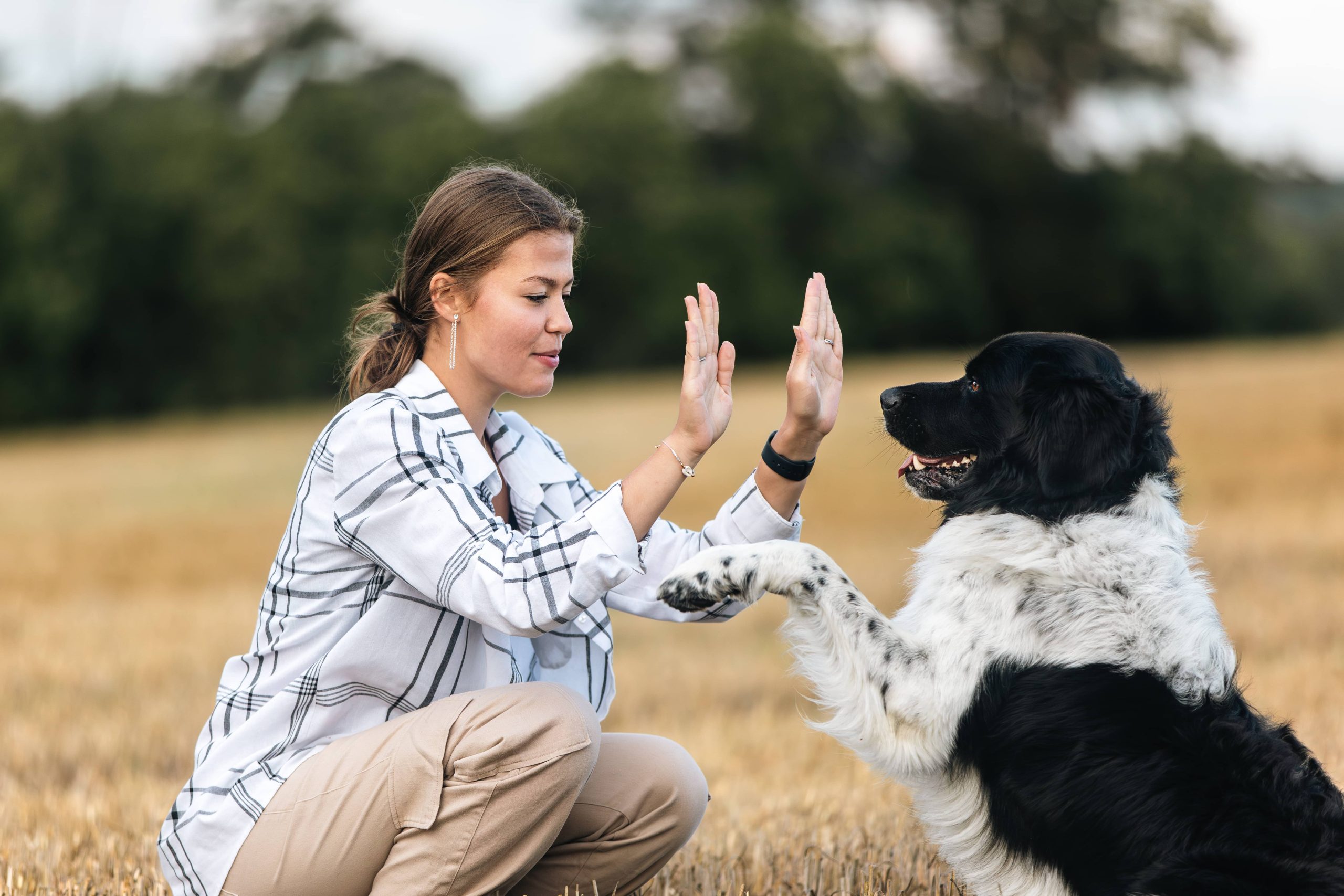
Puppy training is a thrilling but challenging journey. Those adorable, fluffy bundles of joy come with boundless energy and a capacity to melt hearts. However, they also need careful guidance to grow into well-behaved, balanced adult dogs. In the whirlwind of excitement, many new puppy parents can make mistakes that might hinder their pet’s progress. Today, we’re delving into some of the most common mistakes in puppy training and how to avoid them.
1. Inconsistency in Commands & Rewards
The Mistake
One of the most common mistakes is being inconsistent with commands and rewards. If you sometimes allow behaviors and other times you don’t, you send mixed signals to your puppy, making it hard for them to understand what is expected.
How to Avoid It
Be consistent with your commands and rewards. If you want your puppy to understand “sit,” use the same word every time. Everyone in the household should use the same words and actions for commands. Establishing this uniformity helps the puppy learn faster and more effectively. Similarly, be consistent with rewards. Reinforce good behavior instantly and every time it occurs, initially. This can gradually wane as they become more adept.
2. Starting Training Too Late
The Mistake
Some pet parents might delay training, thinking the puppy is too young to learn. This can lead to missed opportunities during critical stages of their development.
How to Avoid It
Start training as soon as you bring your puppy home. Puppies are incredibly receptive to learning at a young age. Simple commands and basic training should begin immediately. This not only ensures they start learning early but also strengthens the bond between you and your puppy.
3. Overwhelming Your Puppy
The Mistake
In an eagerness to teach everything quickly, some owners overwhelm their puppies with too many commands or long training sessions.
How to Avoid It
Puppies have short attention spans. Keep training sessions short, around 5-10 minutes, and focus on one command or behavior at a time. Frequent, short training sessions are more effective than longer, sporadic ones. Make the sessions fun and end on a positive note, ensuring your puppy stays engaged and looks forward to training.
4. Ignoring Socialization
The Mistake
Another significant mistake is not prioritizing socialization. Some might think that keeping the puppy away from other dogs and people will keep them safe. However, lack of early socialization can lead to fear and aggression issues later in life.
How to Avoid It
Expose your puppy to various environments, people, and other animals in a controlled manner. Puppy socialization classes, short trips to the park, or having friends over can help. This exposure should be positive and gradual, helping your puppy learn to be comfortable in different situations.
5. Being Reactive Instead of Proactive
The Mistake
Training only when the puppy exhibits problematic behaviors is a common mistake. This reactive approach can reinforce bad habits before they become difficult to change.
How to Avoid It
Adopt a proactive training method. Teach desirable behaviors before issues arise. For instance, train house manners and obedience early on instead of waiting for accidents or disobedience. Being proactive helps in shaping a well-mannered puppy from the get-go.
6. Using Punishment
The Mistake
Using punishment, such as yelling or physical corrections, is detrimental. It can lead to fear, anxiety, and a lack of trust between you and your puppy.
How to Avoid It
Positive reinforcement is key. Focus on rewarding good behavior rather than punishing bad behavior. Use treats, praise, and play as rewards. If your puppy exhibits undesirable behavior, redirect them to a more appropriate behavior rather than punishing. For example, if they chew on furniture, redirect their attention to a chew toy.
7. Lack of Patience
The Mistake
Puppy training requires time and patience. Expecting quick results can lead to frustration and giving up too soon.
How to Avoid It
Remember that training is a slow process. Celebrate small victories and stay patient. Consistency and patience are vital. Each puppy learns at their own pace, so it’s important to be encouraging and persistent.
8. Forgetting the Basics
The Mistake
With all the excitement of new tricks, some pet owners forget to reinforce basic commands continuously. This can result in a puppy that knows a lot of tricks but doesn’t respond well to fundamental commands.
How to Avoid It
Make sure to regularly practice basic commands like “sit,” “stay,” “come,” and “leave it.” These commands are crucial for safety and overall behavior. Incorporate them into daily activities to ensure they become second nature to your puppy.
9. Failing to Puppy-Proof the Environment
The Mistake
Not properly puppy-proofing your house can lead to destructive behaviors and accidents. This oversight can cause frustration for both you and your pup.
How to Avoid It
Ensure your home is safe and free of hazards. Secure electrical cords, keep harmful substances out of reach, and provide safe chew toys. Creating a safe environment reduces the risk of accidents and supports positive behavior pathways for your puppy.
Conclusion
Puppy training is an adventure filled with joy, challenges, and rewarding moments. Avoiding common mistakes through consistency, early training, appropriate socialization, positive reinforcement, and patience lays a strong foundation for a happy, well-behaved dog. Remember that every puppy is unique, and learning takes time. Enjoy the process, celebrate the small wins, and cherish the growing bond with your furry companion. Happy training!






